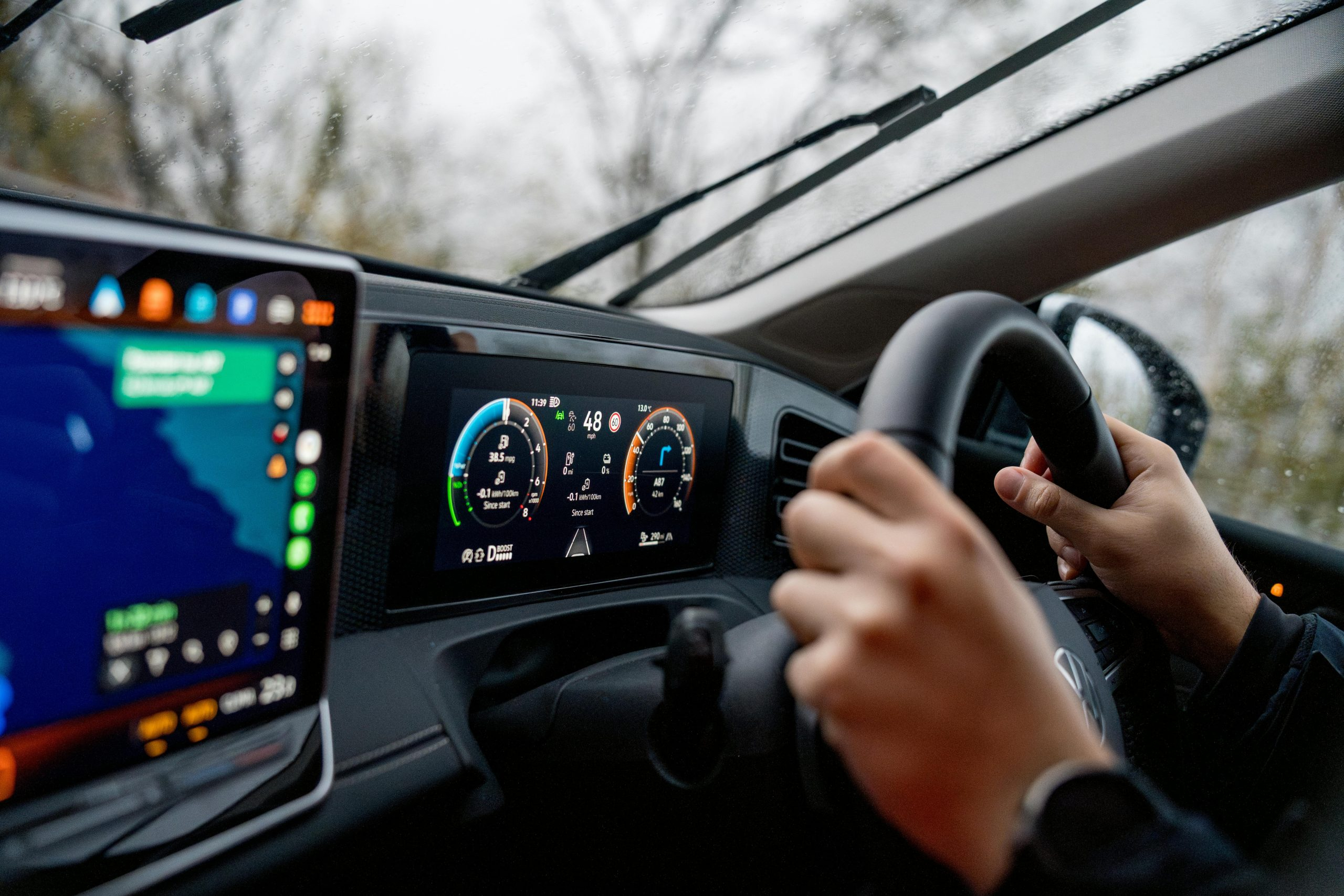Navigating the Ethical Dilemmas of Autonomous Cars
Navigating the ethical dilemmas of autonomous cars is a topic that has gained significant attention in recent years. With the rise of self-driving technology, more and more companies are developing and testing autonomous vehicles, bringing to light complex ethical questions. As we inch closer to a world where machines are making life and death decisions, it is important to delve deeper into these ethical issues and consider how they can be navigated.
The Promise and Potential of Autonomous Cars
Autonomous cars have been touted as a potential solution to some of the biggest problems facing our society today. With advanced safety features and the potential for reduced traffic congestion and emissions, these vehicles have the potential to revolutionize the way we travel. It is estimated that autonomous vehicles will save the United States over 300,000 lives and $190 billion in costs due to accidents each year.
However, with all of this promise and potential, comes a level of responsibility and ethical considerations that must be addressed. As we entrust the decision-making to machines, we must carefully consider the potential consequences and implications.
The Trolley Problem
One of the most widely discussed ethical dilemmas surrounding autonomous cars is the “trolley problem.” This thought experiment presents a situation where an autonomous car must decide between two morally questionable options. In this scenario, the car is traveling down a street and suddenly encounters a group of pedestrians. The car has the option to either swerve and hit a single person, or stay on course and hit the group of pedestrians, killing them.
The question then arises, who should the car prioritize in this scenario? Should it prioritize the life of the driver, the pedestrians, or should it be programmed to minimize the overall loss of life? This dilemma highlights the ethical complexities involved in programming a machine to make life and death decisions.
The Issue of Liability
In addition to the ethical considerations, there is also the issue of liability in the event of an accident involving an autonomous car. As these vehicles are equipped with various sensors and technologies, it becomes difficult to determine who is at fault in the case of a crash. In traditional accidents, the driver is usually held responsible. However, with autonomous cars, this responsibility may shift to the manufacturer or the software programmer.
This raises questions about accountability and the potential for companies to avoid taking responsibility for their products. As we continue to develop and improve self-driving technology, it is essential to establish clear guidelines and regulations to address liability and ensure that those responsible are held accountable.
The Importance of Transparency
Transparency is crucial when it comes to addressing the ethical dilemmas of autonomous cars. As these vehicles become more prevalent on our roads, it is essential for companies to be transparent about their decision-making processes and the protocols in place for handling ethical dilemmas. This will not only help build trust with consumers but also ensure that companies are held accountable for their actions.
Conclusion
The development of autonomous cars is an exciting and promising advancement. However, as we navigate the ethical dilemmas associated with this technology, it is crucial to keep in mind the potential consequences and implications. By considering the various ethical questions and establishing clear guidelines and regulations, we can ensure that the future of self-driving cars is not only technologically advanced but also ethically responsible.










